When it comes to racing (whether in real life or in the sim), you will gain the most time on a lap or during a race under braking. Mastering the brakes can be (and often is) the difference between winning and losing.
There are different techniques for braking, but in this tutorial, we will be looking at the most common technique: Trail Braking.
We will cover everything from How to Trail Brake to things you should avoid and everything in between.
EXTRA: I've included a "Table of Contents" below to make it easier to read what you need to read for this tutorial. Just click on the section you want to read.
Introducing Trail Braking in Sim Racing
When it comes to racing, braking is the most important part as you will make up the most time under braking, especially if you're racing with similar spec cars.
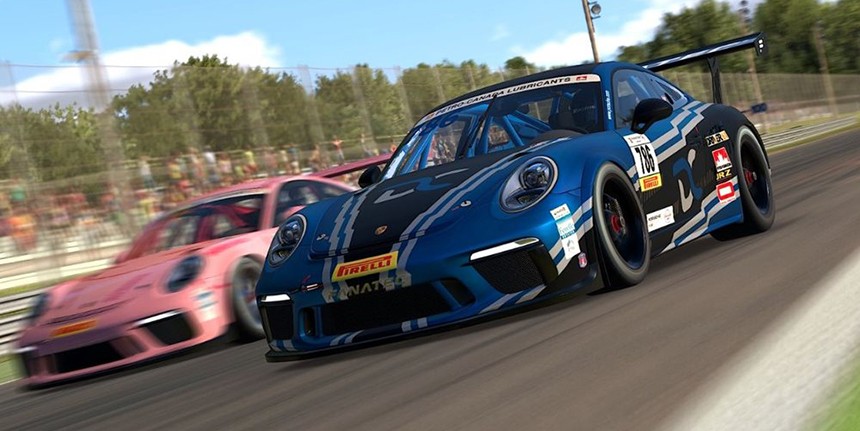
When heading towards a corner, braking as late as possible can be the difference between gaining a tenth per corner and locking up and losing seconds or even DNFing (Did Not Finish).
So, to avoid locking up and losing out on the position, let's talk about trail braking and why this simple technique can improve your lap times.
Definition of Trail Braking
Trail braking is when you trail off the brakes as you turn into a corner. Tyres can only handle so much grip to perform what you want the car to do. This means that without ABS (Anti-Lock Braking System), your tyres and brakes can not handle turning and braking simultaneously.
You will need to slowly bleed off the brakes to smoothly use as much braking force as possible whilst turning. The more you turn, the less you brake
Why Trail Braking is an Essential Skill in Racing
You might question whether using ABS is better, as you can disregard locking up with this system. For some cars, yes, ABS is probably better to use and will help you drive the car quicker.
However, it only hurts your pace around a corner for other cars. What ABS does is it will detect when the brakes will lock up and automatically release the brakes slightly to avoid lockups.
This makes your braking zone slightly longer, meaning you will need to brake slightly earlier with ABS than you would without it and for lighter cars with a lot of downforce, this only hurts you in the long run.
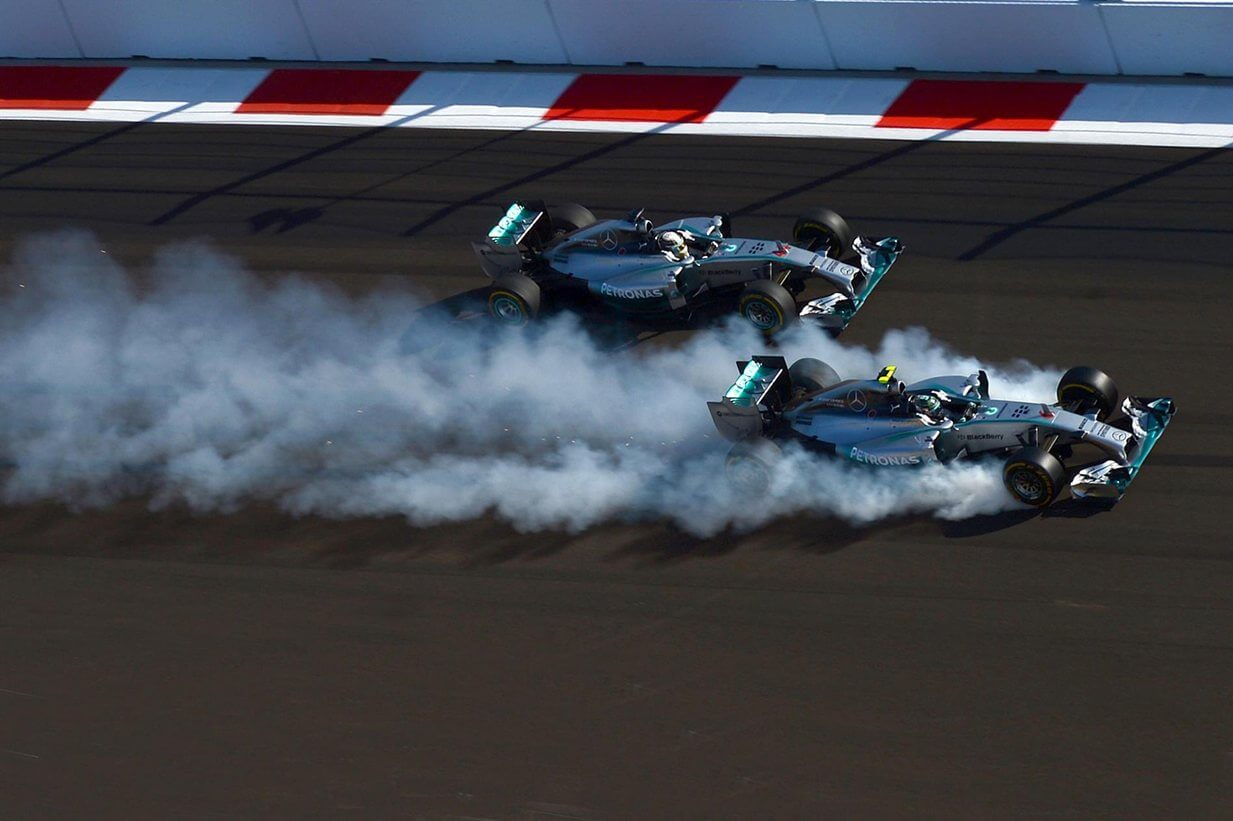
For example, if somebody is 1 tenth (0.100 seconds) quicker than you at turn 3 at Austria, that means over the course of 71 laps, they will have gained 7.1 seconds on you at that one corner.
In motorsports, 7.1 seconds is basically 3 years. Okay, it's not, but it's a significant amount of time to lose over a race.
That's how effective trail braking without ABS can be versus using ABS on cars with high downforce.
The Difference Between Sim Racing and Real Life for Trail Braking
Regarding the raw skills of driving the car, there aren't many differences between Sim Racing and Real Life Racing; however, there is a significant difference in braking in general that most people neglect.
And that difference comes from the fact that in real life, variables change from lap to lap. This means how the car reacts to your inputs going into a corner can be completely different every lap of the race.
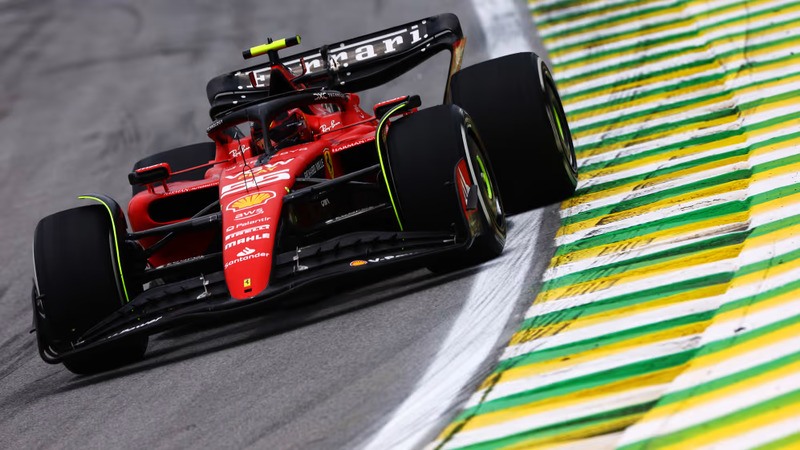
This isn't really the case in Sim Racing unless you're going from one weather extreme to another.
So, the difference is with Sim Racing, your braking point and trail braking technique will most likely be the same for every race you do on a particular circuit.
Whereas in real life, it can vary every time you race at a track. That's why FP1, FP2, & FP3 is so important in Formula 1. To get a feel for the track and allow drivers to get "Up to Pace."
How to Master Trail Braking in Sim Racing: A Step-by-Step Guide
When it comes to trail braking, it sounds pretty straightforward when laid out for you.
However, there is a reason that some drivers are faster than others, and it's because there is always time to gain around a track.
And that means there's always potential to improve your braking technique to gain time on your rivals.
For example, if you have a car setup that is tuned to have more oversteer (when the front of the car has more grip than the rear), then your braking technique might be slightly different to someone who has tuned their setup to have more understeer (when the rear of the car has more grip than the front).
So here's a general step-by-step process to remember when learning how to trail brake.
The Optimal Approach - When & How to Begin Trail Braking
Okay, so you're heading up to turn 3 at the Red Bull Ring; where do you start braking if you're in a Formula 1 car?
The most optimal point is the 100-meter board; once you hit the brakes at 100% potential, you'll slow the car down as much as possible until you reach the 50-meter board.
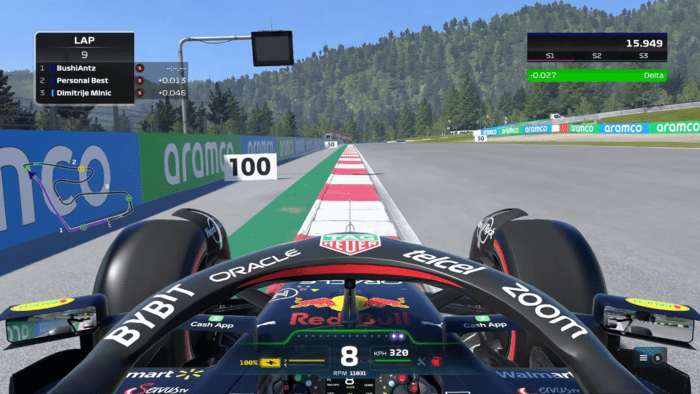
This is where you'd start turning in, and THAT is when you start trailing off the brakes.
Remember, to avoid locking up; you have to make sure that there's a balance between how much grip is needed for braking and how much is needed for turning.
When heading into a corner, as soon as you're about to start turning towards the apex, that's the best time to start lifting off the brakes.
What Happens as You Decelerate
As you may have noticed, I am mainly coming from a point of view of using a lighter car with high downforce for this tutorial, and I will be sticking to that for continuity's sake.
As the car slows down, you will lose your overall grip. This is because downforce works with speed; the faster the car moves, the more downforce it has. Meaning that the car has more braking potential at the starting phase than it does just before you start lifting off.
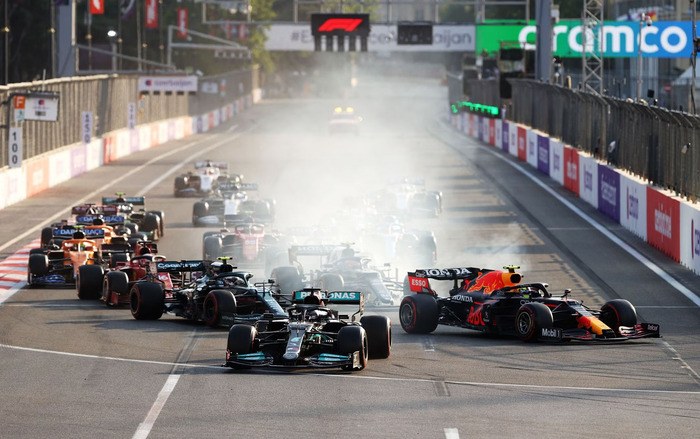
That's why it might be helpful to lift off the brakes ever so slightly just before you start turning into the apex (to avoid a "random" lockup).
This isn't always the case, but it depends on many different factors. This is why practising is very important.
As the car decelerates, you want to keep as much downforce towards the front of the car to help it turn in better, so as you trail off the brakes, you'll want to do it in a slow and controlled manner to avoid the front of the car lifting up and giving you mid-corner understeer.
Transitioning From Braking to Accelerating
The final part of the braking phase is just as important because getting this wrong could ruin your exit. Getting a bad exit will lose you time down the entire next straight.
Generally, the rule of thumb here is that you want to get back on the throttle just before you hit the apex of the corner.
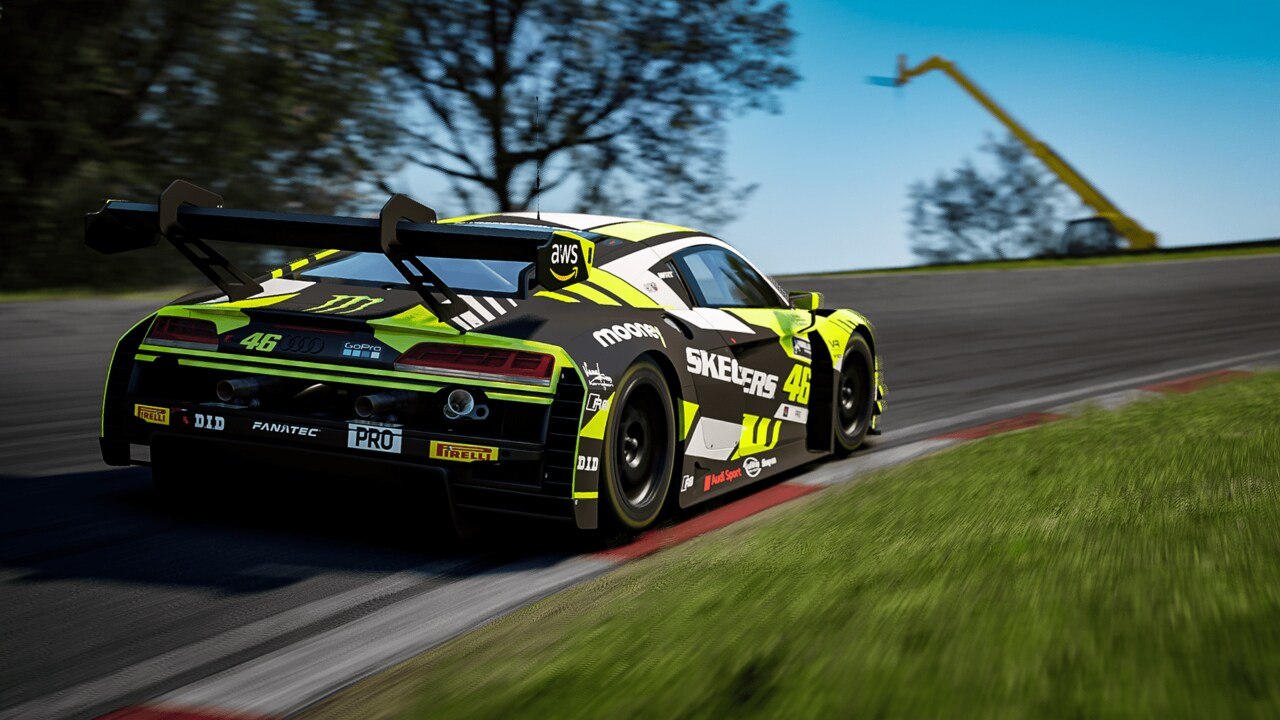
As you trail off the brakes, you can usually afford to disregard the final 5 - 10% of your braking power and lift off, either letting the car roll naturally into the corner or picking up the throttle as soon as possible.
Similarly to cars with ABS versus those without braking, getting on the power in a car with Traction Control (TC) differs from getting on without TC.
TC limits the amount of power going to the rear tyres under traction to avoid losing grip and spinning out. If you're using TC (for example, in a GT3 car), you can afford to be a little more aggressive in your initial input.
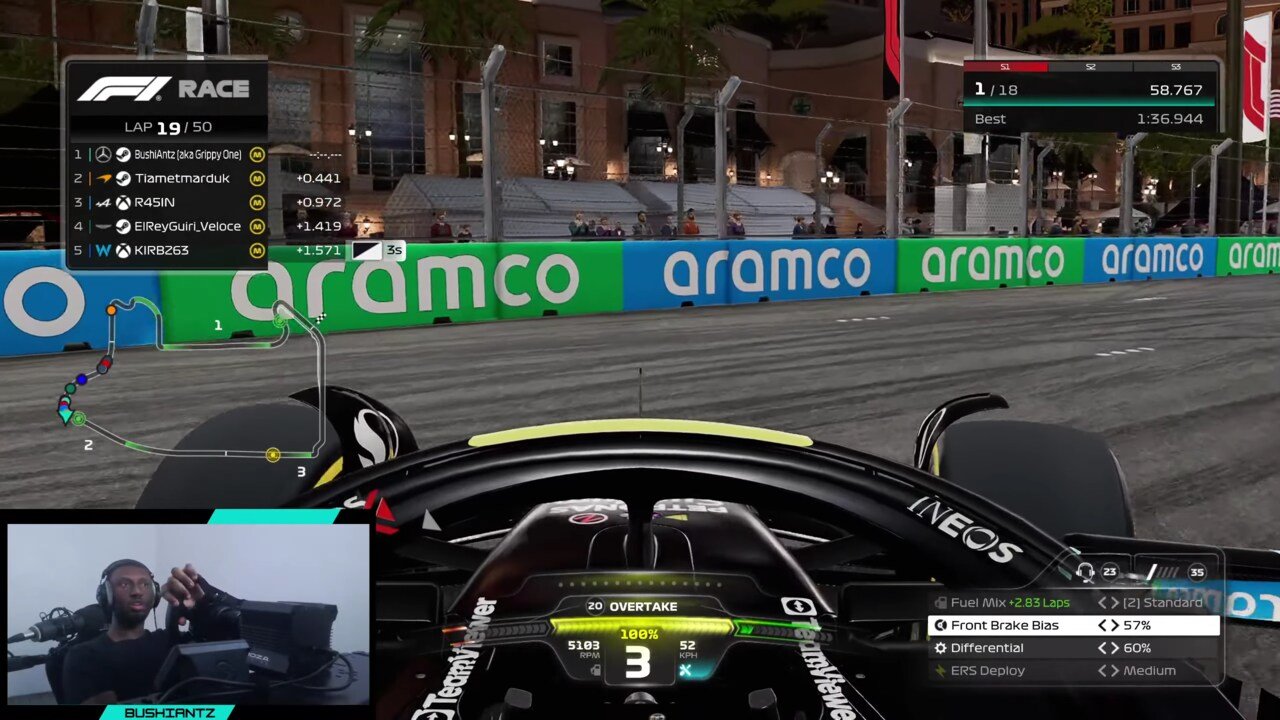
However, if you're in a car without TC, you will usually want to perform something similar to what you would on the brakes.
Remember how we said earlier than under braking, the more you turn, the less braking power you should apply?
Under traction, the more you straighten up the car, the more power you'll want to apply.
Mistakes to Avoid While Trail Braking in Sim Racing
A few mistakes can be easily made while learning how to get the most out of your braking technique. Let's cover those and review how you can overcome those mistakes.
Common Errors When Trail Braking
The first and most obvious error that most people will face, no matter your skill level, is braking too late.
When you brake too late, you'll still try and make the apex, but there are a couple of reasons why you will miss the apex when braking too late; firstly, you will probably lock the tyres up.
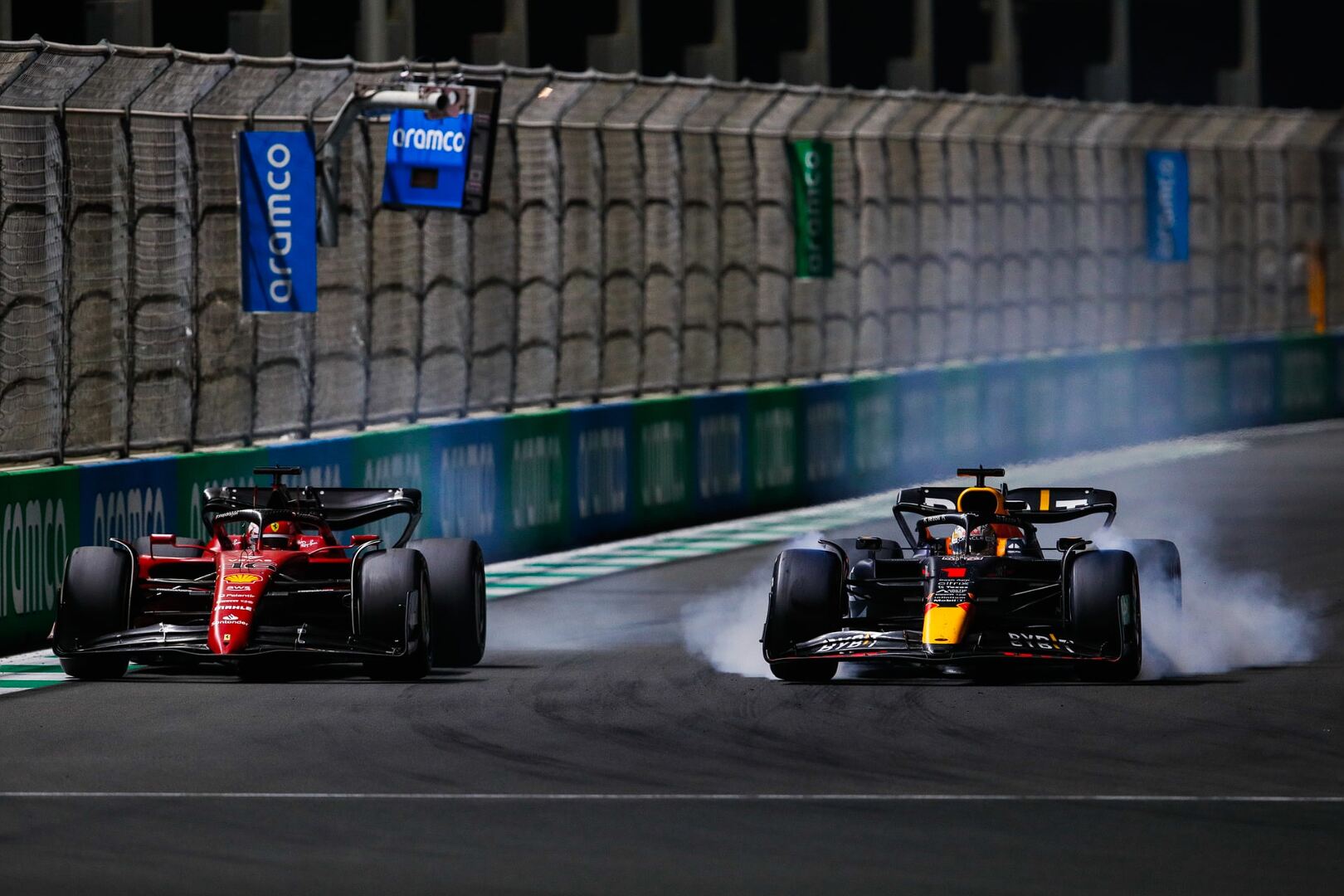
Once you lock up, the car will begin to go straight, and you will need to lift of the brakes even more to get the rotation back in the car.
The other reason you may fail is by carrying too much speed. Even if you lift off correctly, you will still carry too much speed for the corner. This will upset the car's balance, and you'll understeer or oversteer.
I will talk more about managing your braking during understeer and oversteer later on in this post.
Editor's Note: Click Here to Skip to The Understeering & Oversteering Part!
The next mistake is doing the opposite of the previous mistake: braking too early. You will definitely lose less time braking too early than you would braking too late. However, you will still lose significant time getting on the brakes too soon.
What tends to happen here is you find yourself getting back on the power too soon to compensate for the lack of speed going into the corner.
This will then cause a massive amount of understeer, and your exit will be ruined (losing you time all the way down to the next corner).
That's why it's very important to watch through track guides to get a much better sense of where to brake for each corner of the track. The better understanding you have initially of the braking points, the fewer mistakes you will make once you start practising.
The last mistake often overlooked is when you turn the corner. Turning too late or too early can give you similar results to your braking input.
By turning in too early, you can create unnecessary understeer, and by turning too late, you'll miss the apex.
Like braking, track guides give you a foundational knowledge of when to turn in so that you can get a proper feel for the track and tackle each corner before getting serious.
How the Driving Line Influences Your Braking Efficiency
The driving line in Sim Racing isn't always 1:1. For example, there isn't a wet line in most Sims. You'd still be fastest in wet conditions by taking the dry line.
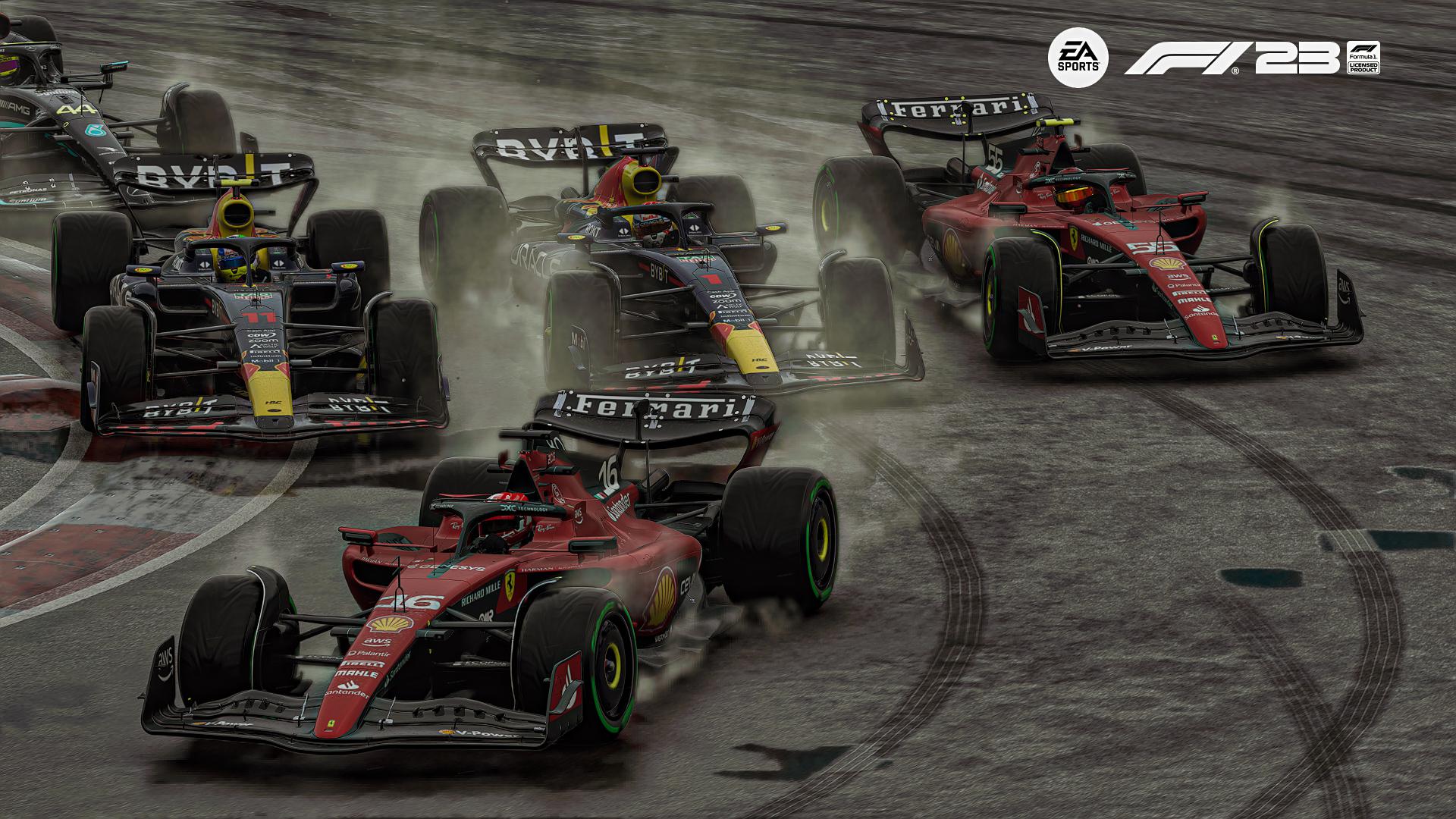
However, you still need to take a realistic approach to each corner to avoid losing time.
For corners with a high average minimum speed, these types of corners would typically allow you to turn in a lot sooner than before. This means an early turn-in with a low maximum braking out is best.
However, a slow hairpin requires a different touch.
In this situation, you would keep the car as straight as possible and then turn in late. This extends the time you can spend under maximum brakes, allowing you to brake later than you typically would.
How to Manage Understeer & Oversteer While Trail Braking
When it comes to braking, many things can happen at any time, and through experience, you'll learn when to spot a mistake and how to manage your braking to avoid the mistake as much as possible.
For example, if you're turning into a corner and you feel the car understeering, it's not a good idea to continue lifting off the brakes.
That will cause more understeer.
The best way to manage that understeer is by holding on the brakes with the force that you have to help slow down the car until the tyres grip up and you get the rotation you need to make the corner.
But what if I'm about to oversteer? Do I let go of the brakes and force understeer?
No, not fully; in a situation like that, your muscle memory will most likely kick in and you will naturally try to correct the slide. I'd recommend lifting off only slightly to induce some understeer, but DO NOT fully come off the brakes if you're about to oversteer in the middle of the corner.
What about Oversteering while in the braking phase?
If you find the car snapping from the rear when you're braking, then that means the rear tyres are locking up. This is incredibly difficult to catch and save.
In that scenario, the best thing to do is to increase your front brake bias to avoid locking the rears.
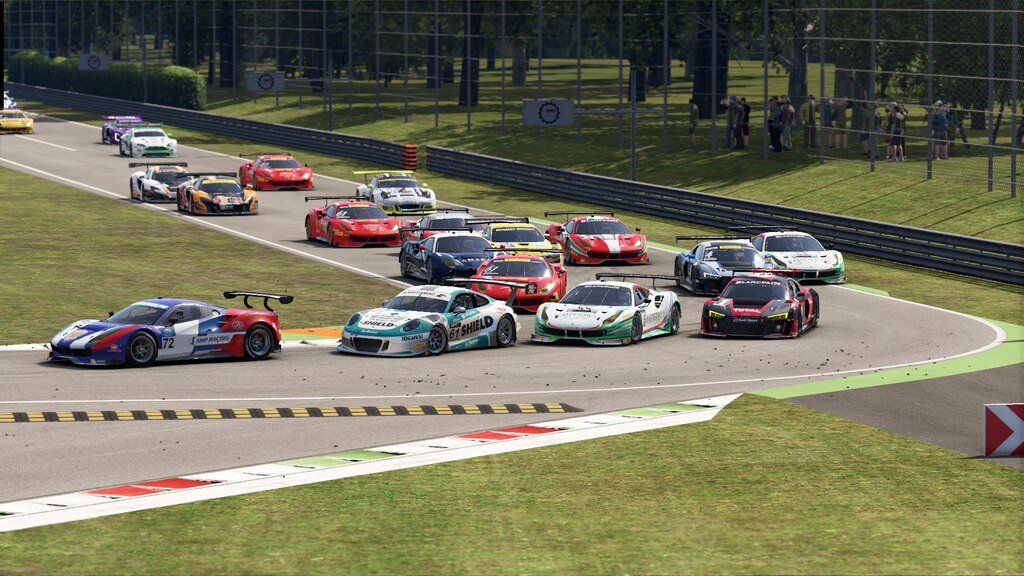
The front brake bias determines how much of the brake's power is used towards the front brakes versus the rear brakes. Slower speed corners, such as the first chicane at Monza, require the brakes to be quite far forward.
Whereas a higher-speed corner (such as turn 6 at Monza) requires the brake bias to be more rearwards.
Conclusion: Trail Braking as a Game-Changer in Sim Racing
There are 2 main techniques for braking: Pump Braking and Trail Braking. For the most part, trail braking is what most people would use most of the time when Sim Racing, so it's a super important skill to learn and master.
The best Sim Racers are able to maximise the braking phase to gain the most time over their rivals.
The main tip I would take away from this post is to remember to watch track guides to avoid braking too early or late for corners (to give yourself a foundation of how to drive each circuit).
Remember that with trail braking, you want to lift off the brakes as you turn into the corner to avoid locking the tyres up. Not only will this make you miss the corner, but you will also lose a significant amount of tyre life for more realistic Sims (such as iRacing).
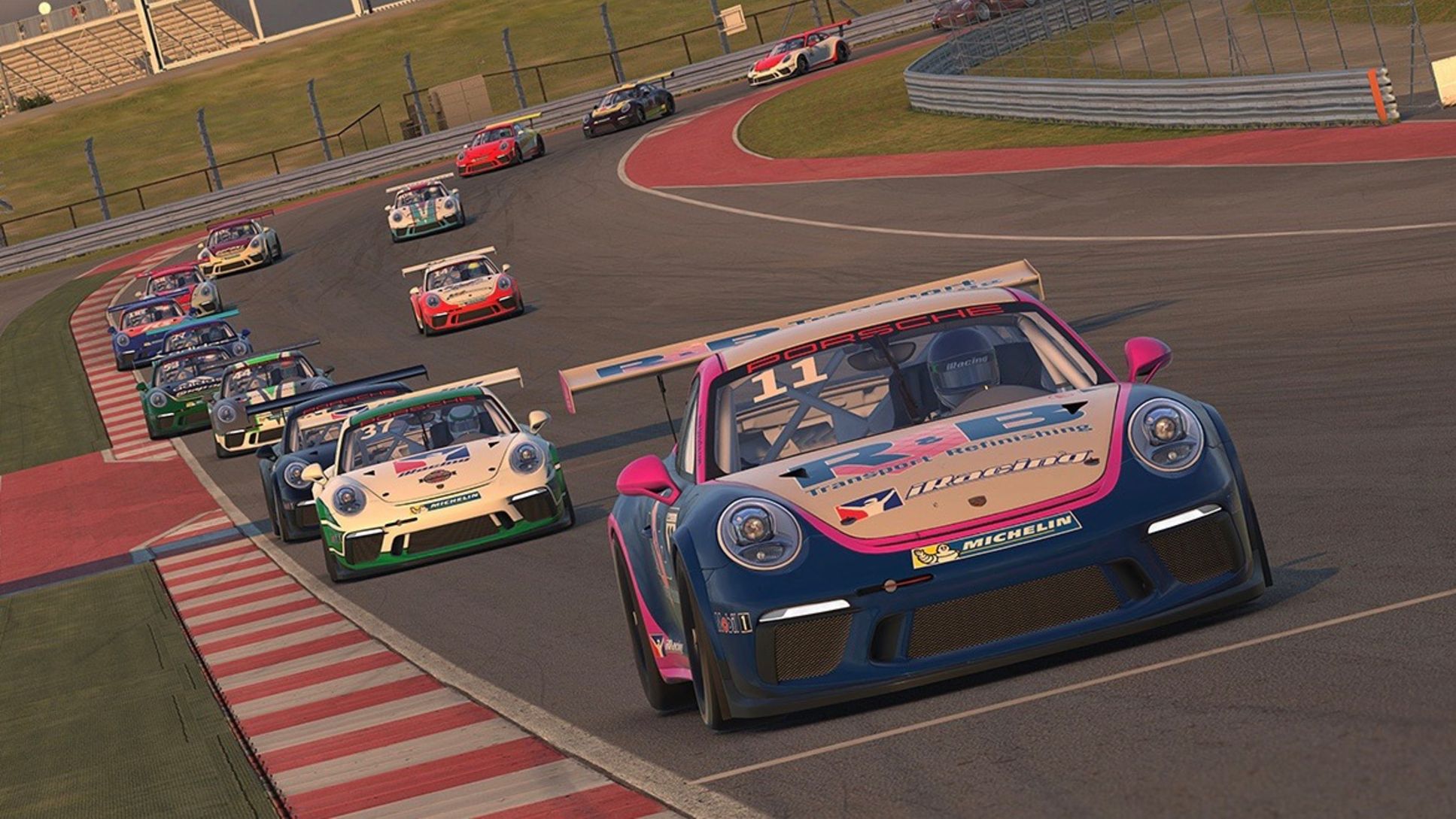
And lastly, everyone makes mistakes. Even once you've mastered trail braking, you will still make mistakes occasionally. Your goal is to make the least amount of mistakes during a race.
As long as you can avoid locking up every corner, the pace will come from being able to push the limits.
If you have any extra thoughts or questions, make sure to leave them down below.
Now, it's time to leave things up to you. Go out there, find some tracks, and practice your trail braking!
Looking for Great Pedals for Under £200
Thrustmaster TLCM Review
